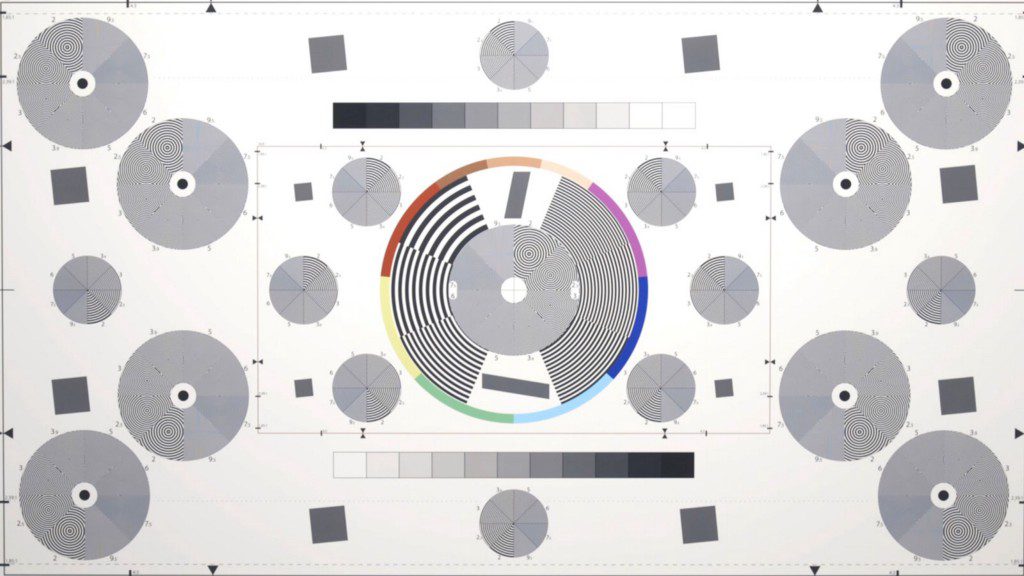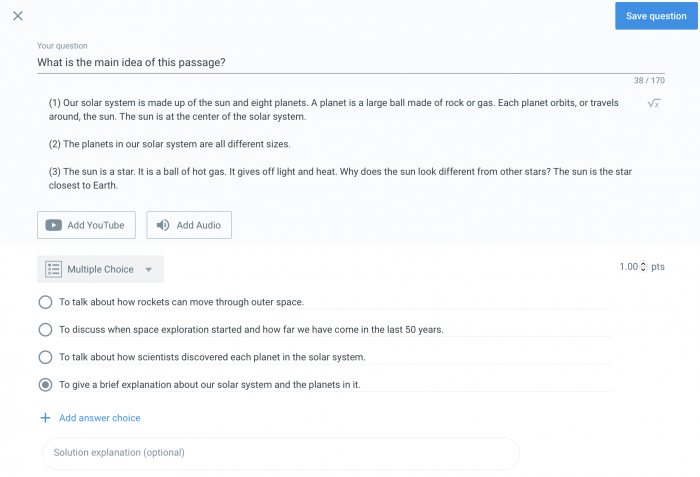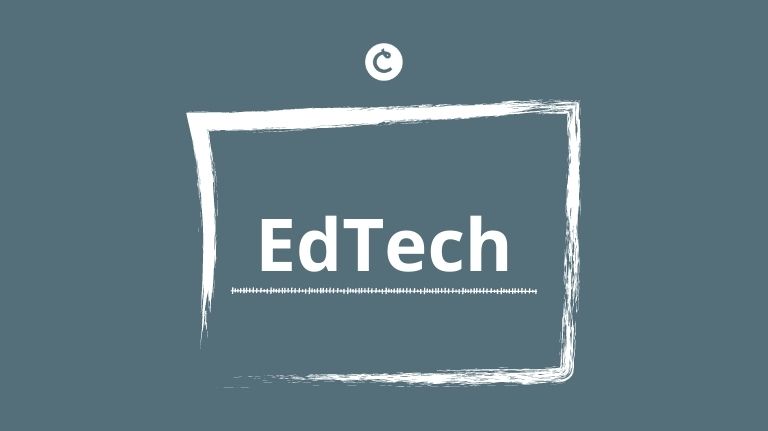4 ways EdTech tools can help you prepare your students for standardized tests
Standardized testing has long been a controversial topic among education enthusiasts. In theory, standardized tests are intended to unbiasedly measure a student’s academic performance in order to predict the student’s learning potential. According to Carole Gallagher’s article on the history of standardized testing, Horace Mann initially suggested the idea of implementing standardized testing into Boston Public Schools in 1845 as a way to promote equal learning opportunities for students.

Advocates of standardized testing see this as a fair and objective way to measure student performance and implement future learning processes to help the majority of students reach their academic potential. However, opponents of standardized testing find them to be neither fair nor objective, but rather that they promote a narrow curriculum and the excessive testing prevents schools from teaching students to become innovators and critical thinkers. Melissa, a middle-school teacher from Oregon, tells us:
There’s a gap between the goal of standardized testing and the larger goal of education. On one hand, standardized tests are a good way to see trends in the larger education process and student learning process.
On the other hand, these tests tend to favor privileged students and prevent individual teachers from giving all of their students the attention they need for different areas of a well-rounded education.
This gap between individual student progress and the overall class, district, state, or nation’s performance is a large space for the teacher alone to cover. However, education technology may be part of the answer to bridging this gap. On the most basic level, EdTech tools give teachers the ability to integrate different question types into their daily lessons, familiarizing students with the standardized testing format. Even more importantly, teachers can utilize EdTech tools for the dual purpose of pinpointing overall performance within a standardized framework, while simultaneously learning more about individual student learning styles. This will allow teachers to analyze individual student performance in order to adapt their teaching for more targeted and effective results both for the overall class and each student.
Here, we’ll outline four ways to incorporate EdTech tools into your everyday lessons to both prepare your students for standardized tests and help each student reach their full potential.
1. Familiarize your students with different question types — Taking standardized tests can be daunting. Students know that these are important exams and may freeze up on the day of the test. EdTech tools can help prepare your students for standardized testing by utilizing the different question types they may see on standardized tests in your daily class lessons. For example, you can use Classtime to create a multiple-choice, short answer, true/false, sorting, multi-select, and categorizer question types.

2. Promote higher-order thinking — While standardized tests have specific sections dedicated to testing a student’s knowledge in specific curriculum areas, teaching your students to think critically will prepare them to handle any question they come across on a standardized test. You can use EdTech tools during your class lessons to promote this higher-order thinking by engaging students and creating class discussions. Have your students work together in real-time during class to create a Google Slides presentation around your lesson. The discussions prompted by working together will naturally allow students to evaluate, analyze, synthesize, and apply what they’ve learned when answering questions about the lesson. In turn, your students will be better prepared to use the same evaluation process when taking standardized tests.
3. Integrate cross-curriculum connections — By adding relevance to your lessons, students will be able to learn information more thoroughly and will be more likely to remember it when it’s time to take standardized tests. Try integrating physics into your language class, or algebra into your history class. For example, a history class about World War II could lead to a scientific discussion about how the atomic bomb works. Not only will this add relevance to your lessons, but you may find that you engage students who aren’t normally interested in history, but love chemistry.
Quick tip: Try one of Classtime’s Collaborative Challenges to create a story around your lesson. With a range of challenges like engineering a jungle roller coaster to fighting city pollution, there are many opportunities to integrate cross-curriculum connections either by creating your own questions or choosing from Classtime’s question library. These challenges engage students to actively discuss and work together in order to make the challenge succeed.
4. Utilize data to adapt to your students’ learning process — By analyzing the data of how your students perform during your class, you can adapt your teaching methods to their learning styles in order to better prepare them for standardized tests. Use EdTech tools during your daily lessons to track student progress. Then you can analyze the class performance as a whole and deep dive into individual student performance to see who may need more help with a certain subject and pinpoint what teaching methods may work to help them understand the material.
Pro tip: With Classtime, teachers can export detailed Excel sheets of individual student performance to track progress throughout the year. Classtime Premium also streamlines the grading process by allowing you to set different point values for each question and then Classtime will automatically grade the student answers for you.
By using EdTech tools, teachers are able to integrate standardized test preparation into the daily curriculum and bridge the gap between the overall goal of the tests and the individual student’s academic goals. These are just a few ways to utilize EdTech tools for standardized test prep.
Classtime can help you get started with preparing for standardized tests today:

